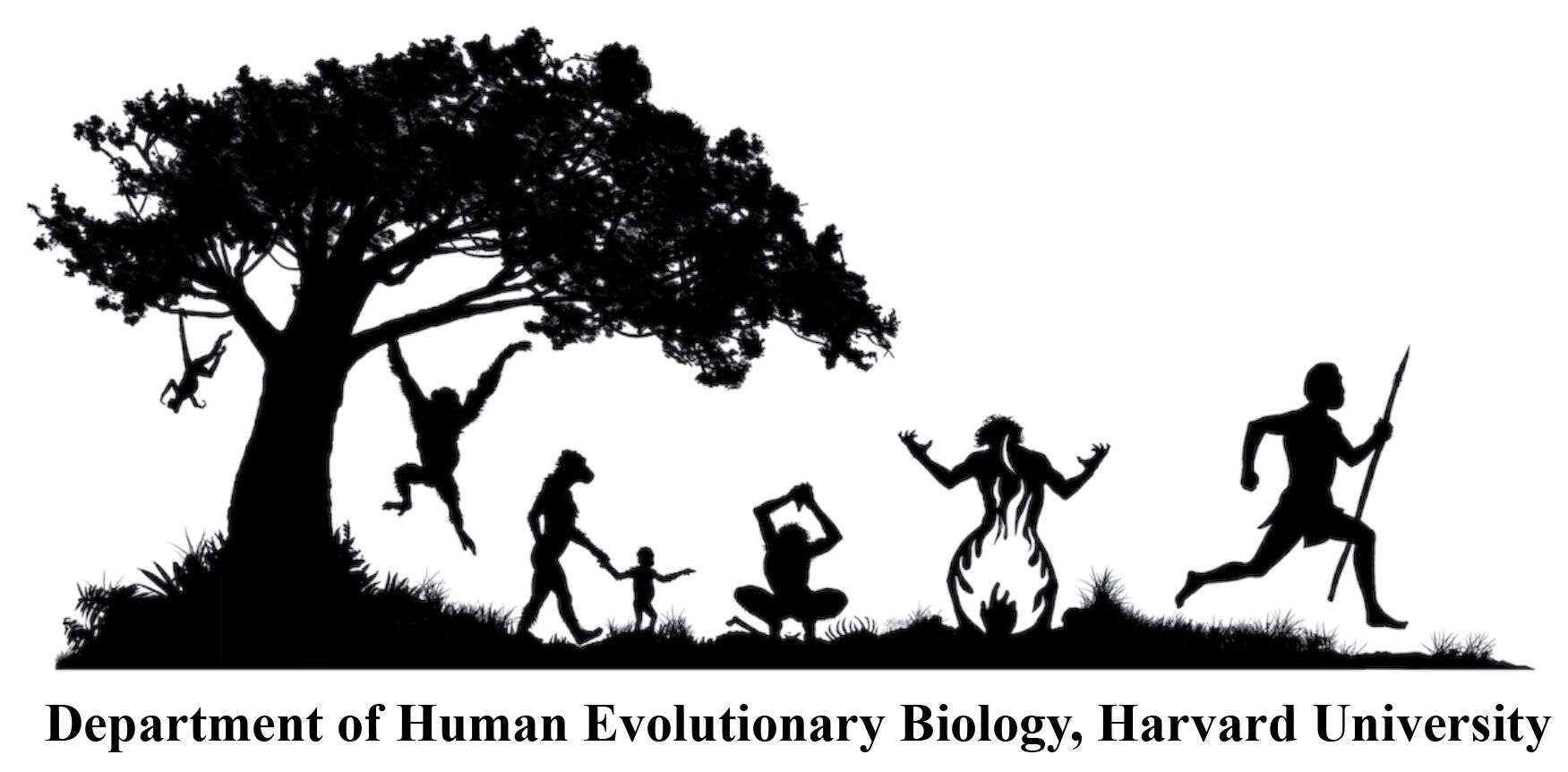Date:
Location:
Speaker: William Eamon Callison, PhD Candidate, Department of Human Evolutionary Biology
Abstract:
Humans differ from other non-human primates, including chimpanzees, in being well-adapted for endurance rather than for power and speed. While chimpanzees walk 3-5 km per day with occasional rapid bursts of activity followed by intense panting, cooling, and resting, human hunter-gatherers typically walk approximately 5-15 km per day and often engage in other sustained aerobic physical activities. Furthermore, many humans run long distances for survival and, more recently, for recreation. Few animals apart from humans are capable of such sustained aerobic capacity, which involves many adaptations, including the ability to exchange air rapidly and efficiently with their environment. Despite the chest’s important involvement in ventilation, we know little about the evolution of the derived features of the human thorax that might contribute to these capabilities.
To remedy this knowledge gap, my research focuses on understanding the function, morphology, costs, and benefits of the human thorax during ventilation. In doing so, I test the general hypothesis that the genus Homo evolved novel thoracic features to increase ventilatory capacity as necessitated by increased oxygen demand, whether during endurance physical activity or in response low-oxygen environments. First, I integrate experimental and comparative data to establish that selection has increased thoracic contribution to ventilation in endurance-adapted cursorial mammals, including humans, and that increased thoracic ventilation corresponds to changes in the architecture of the costovertebral joint (where the ribs meet the spine). I then analyze costovertebral joint morphology in fossil hominins to determine when thoracic ventilation likely increased in the human lineage. Second, I assess how much the ability to ventilate by expanding the thorax is phenotypically plastic in response to aerobic demand in modern humans. By measuring thoracic ventilation in non-athletes and endurance athletes active in different oxygen environments, I show that human thoracic movement during breathing is highly phenotypically plastic, another line of evidence that selection favored the human ability to increase thoracic ventilation during endurance physical activities. Finally, I use a natural experiment in Peru to further show that chest shape and movement contribute to ventilation in modern humans by assessing how adulthood acclimatization, developmental adaptation, and population-level adaptation to different altitudes affect breathing during sustained aerobic activity. My results shed new light on the ventilatory function of the chest within the broader context of the evolution of endurance physical activity in the genus Homo. Selection for increased ventilation while physically active for long periods of time fundamentally changed one aspect of human thoracic function and continues to impact physical activity in modern humans to this day.
